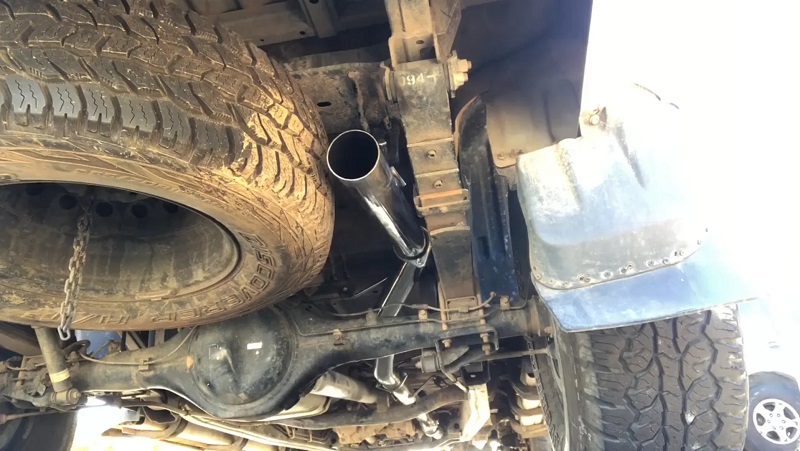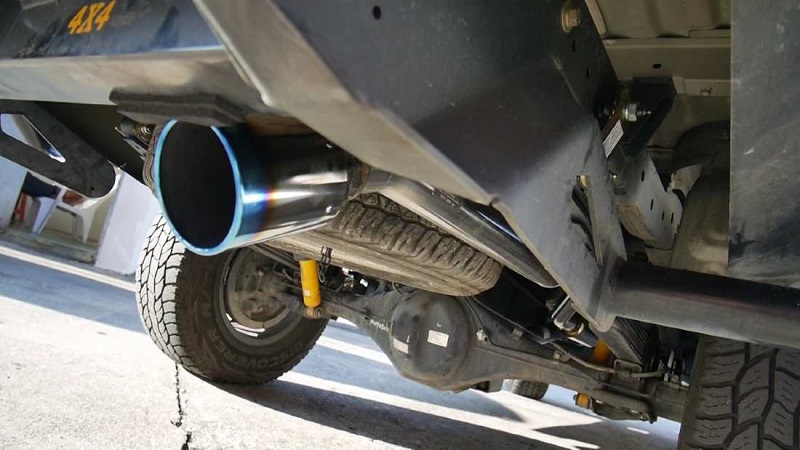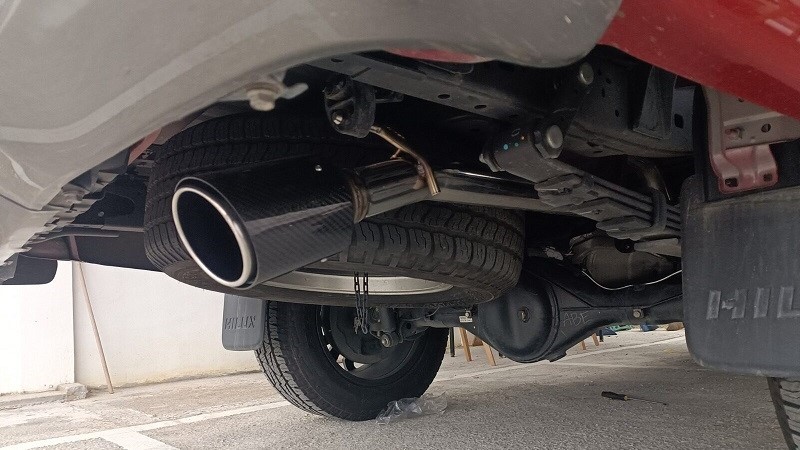There are many different SUVs to buy nowadays but true off-roading vehicles aren’t as many as they used to be. One of these handful, tough-beating machines is the Triton. But unlike most off-roading vehicles the Triton doesn’t trade performance for aesthetics or user comforts.
Mitsubishi’s Triton has a good backbone for off-roading with a powerful 4-wheel drive system and engine but it also has a modern-looking exterior and interior. The 4×4 comes with full LED headlamps and the latest infotainment integration such as Android Auto and Apple CarPlay. One thing that’s not as good is the exhaust.
Advantages of an Aftermarket Exhaust

Power
The world of aftermarket performance upgrades has one big advantage and that is the ability to increase the total number of HP your Triton can generate. Even if you go with just a new Triton exhaust system.
Options
Unlike what most manufacturers offer as upgrades for their vehicles, the aftermarket offers a lot more in terms of both styling and performance. You get to choose from so many different designs and variations of just one type of upgrade.
Affordability
Aftermarket accessories in general are far more affordable than OEM ones and because of this, they are more sought after and more widespread. This way you can get either a more cost-effective solution or one that costs the same as an OEM one but it performs better.
Efficiency
With an aftermarket Triton exhaust, you can expect to have an overall more efficient vehicle in terms of both fuel consumption and oil usage. The engine will work much more efficiently simply because your Triton’s new exhaust won’t make it suffocate on its own fumes.
Types of Aftermarket Exhausts

Cat-Back
A cat-back exhaust system is the one most people go for when searching for a cost-effective aftermarket Mitsubishi Triton exhaust upgrade. A cat-back system replaces all the components from the catalytic converter to the tailpipe(s). Therefore they are not the most difficult to install but nor do they make for the least notable difference.
Axle-Back
If you want an exhaust that will improve stock performance by a little bit without being a burden to install or breaking the bank you should go for an axle-back system. This type of exhaust is able to replace components from the rear axle to the tailpipe(s).
Header-Back
On the opposite end of the performance spectrum is the header-back system. This type of upgrade replaces every single exhaust component. This makes the most sense for true petrol heads that want to get the most out of their Triton but remember that a header-back upgrade will cost you the most and it takes the most time to install.
Turbo-Back
Since a Triton comes with a turbo, if you truly want to get every single HP you can with a new exhaust you should go with a turbo-back system. This Mitsubishi Triton exhaust upgrade is even more comprehensive than a header-back upgrade and as you expect it will require more time and money to get it fitted.
Factors to Consider

Bends
The type of bends is more important than the number of bends an exhaust has. That’s because they can easily affect the path of exhaust gasses. For instance, if you go with crush-bent Triton exhaust systems you can easily make for a more restrictive system. If you decide to go for a mandrel-bent exhaust you can expect to have a system with better airflow as the bends are smooth and not with ridges on them.
Thickness
What has a great effect on the exhaust note as well as on the rigidity of the system is the thickness of the piping. The thicker the material is the heavier the exhaust will be and the more drone it will produce. But thicker material typically lasts longer. Striking a good balance is key here.
Diameter
The diameter of the piping is also an important factor as it affects the flow of gasses. The larger the diameter of the piping the more fumes and gasses can flow through quicker. This makes the engine of your Triton work far less to produce a good amount of power and thus it also becomes more efficient.
Material
There are different materials an exhaust can be made of and the most affordable is mild steel. Mild steel Triton exhaust systems are also the most susceptible to corrosion and the least impact-resistant. Aluminised steel exhausts are a better solution since they can last longer and are not as malleable.
Stainless steel Triton exhaust systems are the best when it comes to upgrading to a long-lasting system that can take on temperature changes without a drop in performance. You can also go for a Titanium exhaust but know that it’s mainly used in performance cars as it’s the strongest and most durable material a commercial exhaust can be made of. This option will also cost you the most out of every single one of the above.
